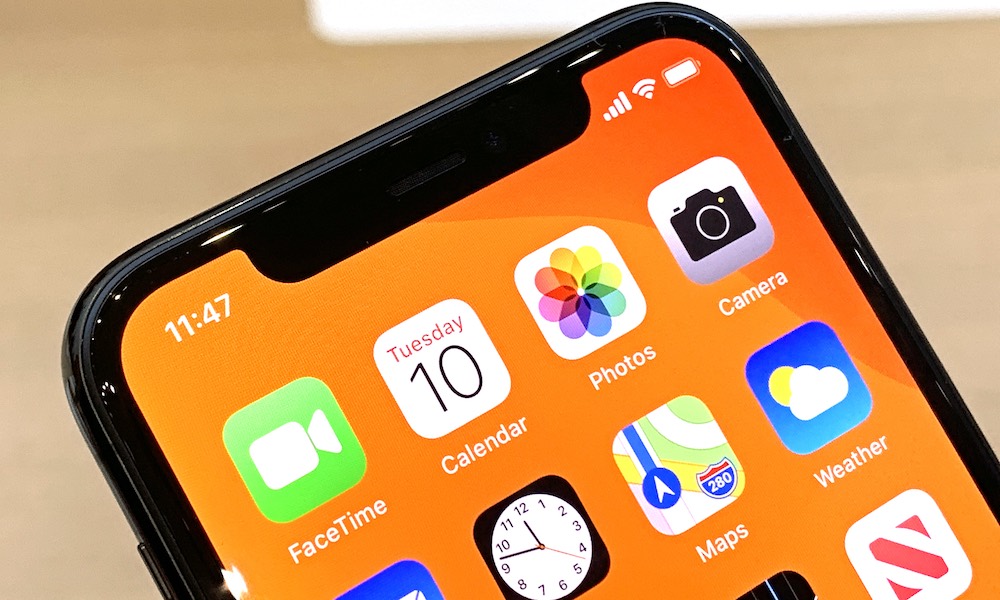Apple’s Latest iPhone Naming Scheme May Have Tricked You
 Credit: TechRadar
Credit: TechRadar
Toggle Dark Mode
On Tuesday, at a special event held at the Steve Jobs Theater, Apple introduced three new iPhones: iPhone 11, iPhone 11 Pro and the 11 Pro Max.
For months, many speculated that the next iPhones would break the bank. So it would be quite the surprise when Apple introduced a new iPhone starting at just $699.
In fact, with Apple’s trade in program, the iPhone 11 can be purchased for as low as $399, or $16.62 per month. That’s right, Apple’s latest device breaks the pricing mold—or does it?
On the surface it may seem Apple’s lowered their prices, and in a roundabout way they have; but, only if you consider iPhone 11 the newest iPhone and iPhone 11 Pro an upgrade.
To better explain this logic we need to go back a couple of years to the first all-screen iPhone, the iPhone X. During its launch, Apple also introduced the iPhone 8 (apparently 9 was missing in action). So in actuality they released two new phones, but the iPhone 8 wasn’t as interesting—or as high of a number—as the X (10). So naturally, the iPhone X overshadowed its little brother.
The following year saw a similar trend of big brother/little brother, with the iPhone XS and the iPhone XR. Once again, the iPhone XS was the star, and the XR was the “less-expensive iPhone.”
Fast forward to today, iPhone 11 is the star, and iPhone 11 Pro is an upgrade. But, if you look closely, the price points are still basically the same. This is both awesome and a bit sneaky on Apple’s part.
Trick or Treat?
The new naming/pricing structure is a bit of a double-edged sword. On one hand, the focus is finally being placed on the less expensive phone, encouraging buyers to see this phone as the “real deal,” the “new phone.” The Pro, is then situated as a more expensive upgrade simply for those who need it.
On the other hand, some things about the iPhone 11 are actually less impressive than the iPhone XS.
While the majority of it is an upgrade, the lack of an OLED display and the cheaper, aluminum body, could be seen as a downgrade. In fact, iPhone 11 is more of an upgrade to the iPhone XR than the XS.
Both the 11 and the XR share the same glass and aluminum body, both have the same Liquid Retina HD Display, and both come in a wide variety of colors. The biggest difference is the new camera(s), updated internals, and the selection of colors.
The Pro however is the true upgrade, it retains the same higher-quality materials of the iPhone XS, has a much better camera system, and keeps the fantastic OLED display. In fact, it even increases the contrast ratio from 1,000,000:1 to 2,000,000:1.
Of course, none of this is meant to imply the iPhone 11 isn’t new by any means, it just seems like Apple’s trying to use marketing magic to position the iPhone 11 as a less-expensive upgrade from the iPhone XS.
Time to Face the Facts
So at the end of the day, the iPhone isn’t any less expensive than it was before, even if it might look that way. But, whether or not Apple was trying to appeal to the masses with a “new low price,” they still managed to make a better platform model for consumers. Unlike the iPhone XR, the iPhone 11 isn’t the phone that’s just not as good as the “real iPhone.” Instead, iPhone 11 Pro is just an upgrade to a seemingly already great device.
Does This Change in Pricing Convince You to Buy?
What about in the real world? Will people buy more iPhones at their exciting new price? Will consumers tout the iPhone 11 Pro as the greatest thing since sliced bread? Will those looking to upgrade take the leap since it’s cheaper, or for the lower monthly payments, or for the trade in program? We’ll just have to wait and see.
What about you? Are you upgrading or switching to a new phone; or, are you going to pass on this one? Let us know in the comments and on social media. Thanks for reading!






